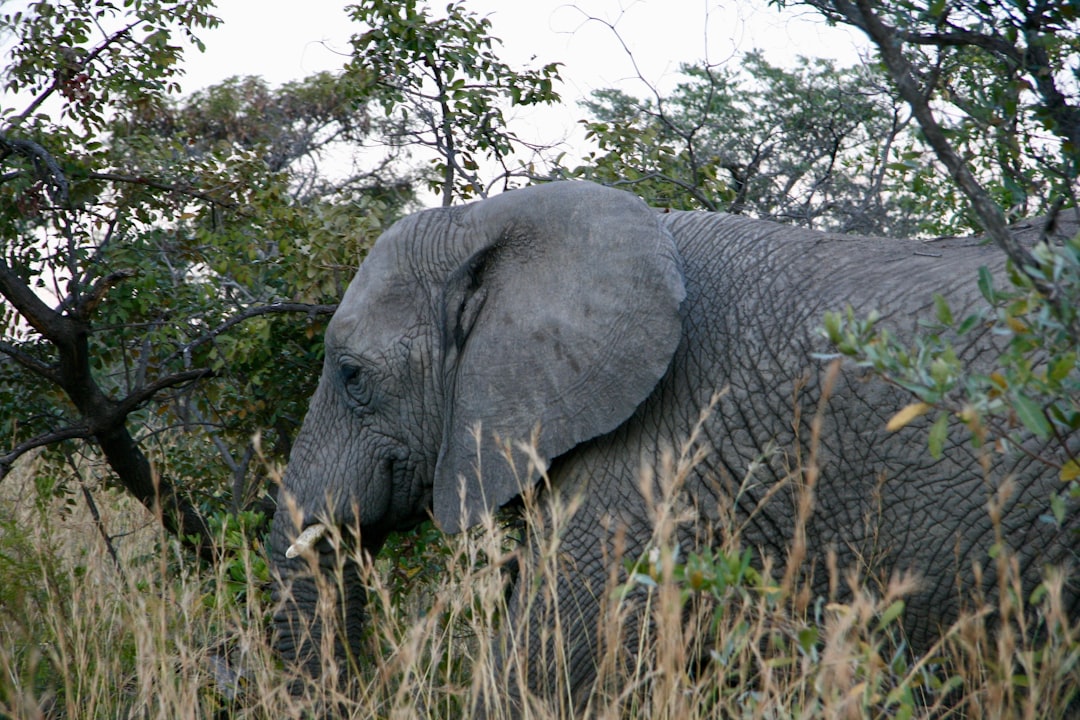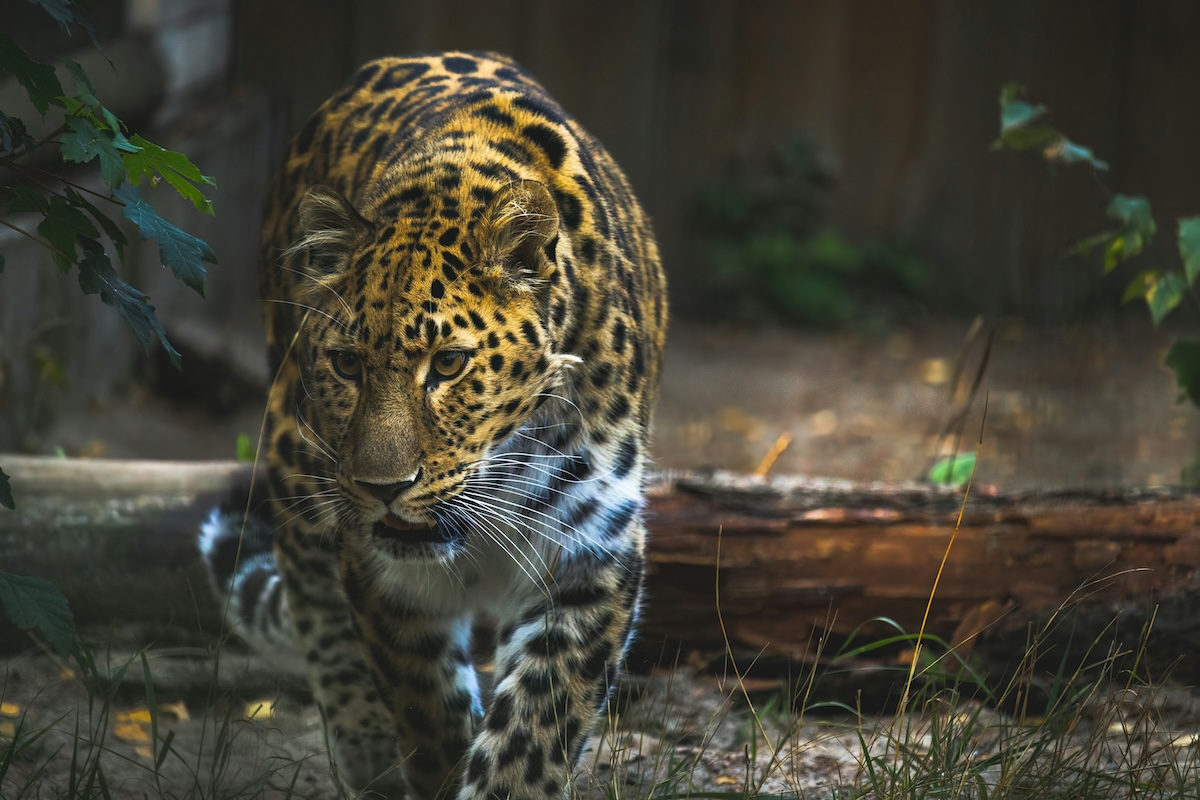The Arizona-Sonora Desert Museum, Los Angeles Zoo, and San Antonio Zoo have united with The Rattlesnake Conservancy to spearhead “Project Obscurus,” an international conservation initiative aimed at recovering populations of the federally threatened New Mexico ridge-nosed rattlesnake. This pioneering effort marks the largest assisted migration project ever attempted for a rattlesnake species and involves selective breeding to bolster genetic diversity before releasing these reptiles back into their native habitats.
Phase I of Project Obscurus, which concluded in August 2024, began with conservationists gathering over 40 experts in Sierra San Luis, Mexico. Teams from each participating zoo collected wild specimens to serve as founding members of the breeding program, with ten snakes now residing in each institution. Initial breeding successes have already led to 20 newborns, who will eventually be released into carefully selected wild areas to help stabilize the species.
“The collaborative nature of Project Obscurus has been key to its progress,” stated Tony Daly-Crews, founder of The Rattlesnake Conservancy. “We are breaking new ground with an unprecedented level of cooperation, supported by the U.S. Fish and Wildlife Service Recovery Challenge Grant, and look forward to building a stable population for future reintroduction.”


The New Mexico ridge-nosed rattlesnake, a high montane species sensitive to environmental changes, faces a unique set of challenges in the wild. Climate change and altered fire ecologies have affected their natural habitats, contributing significantly to their decline. Known for their pale gray or brown coloring and distinctive upturned snout, these rattlesnakes play a vital ecological role as both predator and prey in their ecosystem, highlighting the importance of restoring their populations.
With breeding programs now in place at Arizona-Sonora Desert Museum, Los Angeles Zoo, and San Antonio Zoo, all partner institutions are working together to monitor these snakes from birth through maturity. By tracking released snakes with the support of Texas Christian University (TCU) and other partners, the goal is to ensure successful reproduction in the wild, signaling a strong recovery.
Each of these accredited zoos brings specialized expertise to the project. The San Antonio Zoo’s Director of Ectotherms, Craig Pelke, emphasized the zoo’s commitment: “Our zoo has a strong history with montane rattlesnakes, and Project Obscurus allows us to extend our conservation impact beyond our enclosures and into the wild. Working alongside fellow zoos and conservancies, we are optimistic about the future of this species.”
Project Obscurus is further strengthened by contributions from numerous partners, including the U.S. Fish and Wildlife Service, Arizona Game & Fish Department, New Mexico Department of Game and Fish, U.S. Geological Survey, Universidad Autónoma de Aguascalientes, and the IUCN Viper Specialist Group.
For a deeper look into this groundbreaking conservation project, view the newly released documentary short on Project Obscurus and witness the dedication of these North American zoos to saving this endangered species.
Learn more about Project Obscurus and the collective efforts of North America’s leading zoos to safeguard this essential species by visiting Save the Buzztails.


